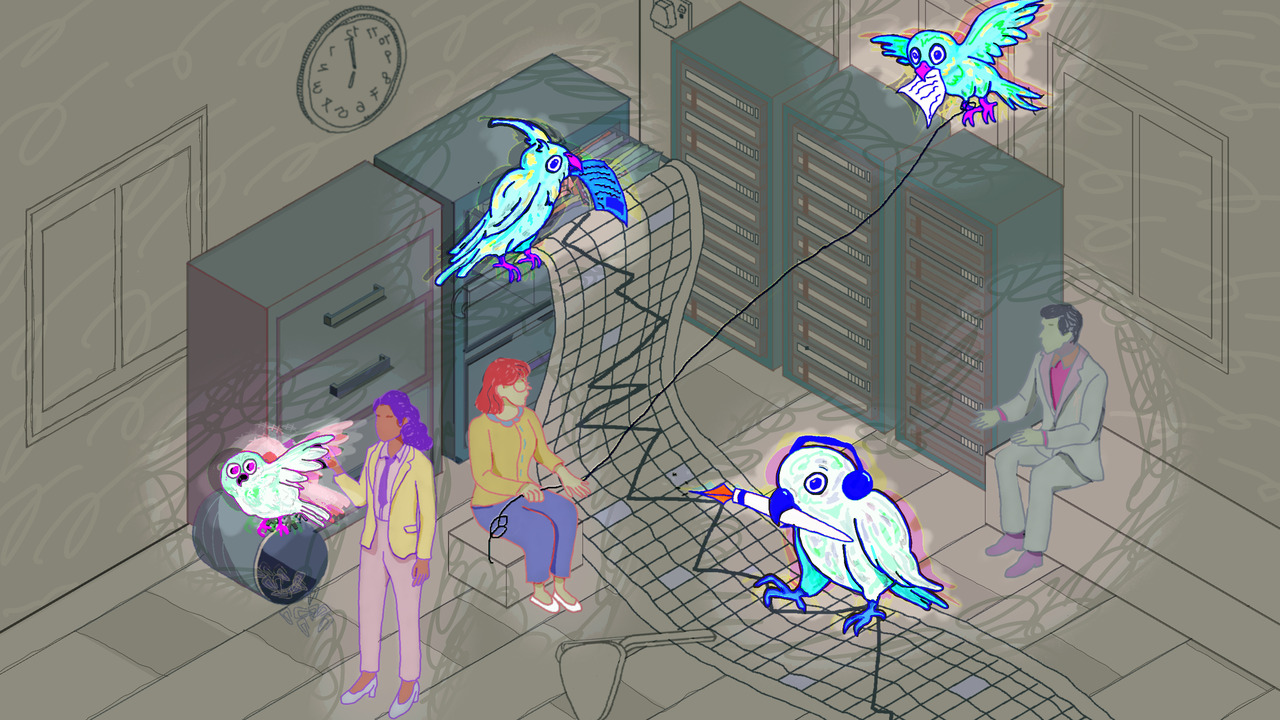Not Everything That Counts Can Be Counted: A Case for Safe Qualitative AI
PositiveArtificial Intelligence
The article discusses the transformative impact of artificial intelligence (AI) and large language models (LLMs) on scientific research, particularly through automated discovery pipelines. However, it points out a significant gap in the integration of qualitative research methods, as researchers in this field are often hesitant to adopt AI due to concerns about bias, opacity, and privacy issues associated with general-purpose tools like ChatGPT. This hesitance highlights the need for dedicated qualitative AI systems designed specifically for interpretive research, which would be transparent, reproducible, and privacy-friendly. The authors argue that enhancing existing automated discovery pipelines with robust qualitative capabilities could bridge this gap, ensuring that qualitative dimensions essential for comprehensive scientific understanding are not overlooked. By advocating for the development of such systems, the article emphasizes the importance of integrating qualitative insight…
— via World Pulse Now AI Editorial System




